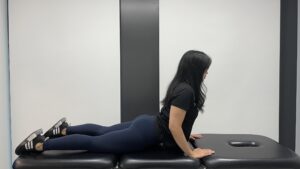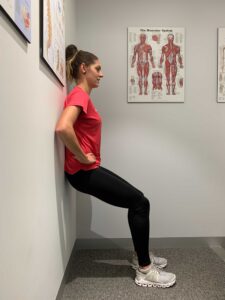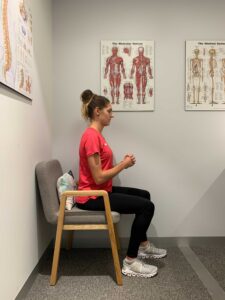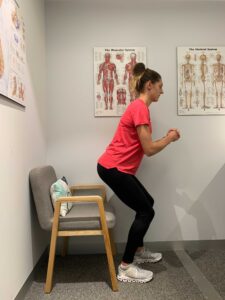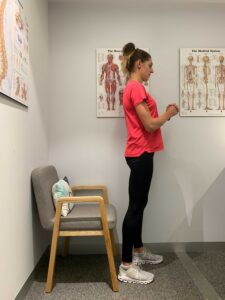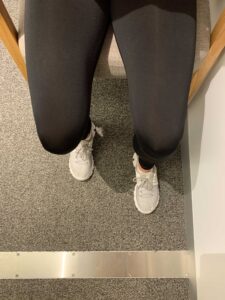The Link Between Your Pillow And Neck Pain
Did you know that your pillow could be the main cause of your neck pain? Besides getting better sleep and feeling rested, the right pillow for you can prevent you from waking up with a “stiff/wry neck”. The question then is which is the best pillow out there to prevent this. The answer is, it depends. The best pillow for you depends on which type of sleeper you are (back/side/front).
Is there a better position to sleep in?
The answer again is, it depends. Sleeping on your back with a pillow that is too firm or high pushing your into a tucked chin position over stretches the back of your neck. Sleeping on your side with a soft or thin/low pillow does not provide enough support for your neck where it becomes overly bent on one side and over stretched on the other. Sleeping on your front with a firm/medium pillow with your head tilted and twisted towards one side just puts your neck in all sorts of bad angles. The trick is to choose the right pillow for your sleeping posture!
 How do I pick the best pillow for me?
How do I pick the best pillow for me?
There are many ways to select the best pillow but the most important one is, pillow height. I personally prefer and would recommend one with a contour (to support you neck) and made out of memory foam or latex. But again, you have to pick what is best for you and what makes you comfortable.
What is the ideal pillow for back sleepers?
A pillow with a low profile, neck support and contour for your head would be ideal. If you do not have that sort of pillow but want to trial if it might be the right fit for you, get a thin towel, roll it up and place it under your neck while your head rests on the pillow. But overall, a low profile pillow is the best for back sleepers.
For side sleepers?
A medium – high profile pillow with a contour is ideal, depending on your shoulder width. Rule of thumb is getting your head and base of neck in alignment with your upper back (how it would be if you were sitting up with your head straight). For those who are wondering if their pillow is too low for them, try adding folded towels under your pillow to trial heights before purchasing a new one.
For tummy sleepers?
This is definitely not a recommended sleeping position for anyone with neck or upper back pain. But if this is your preferred sleeping position,and you prefer using a pillow, a flat low profile pillow would be the most ideal.
If you are constantly waking up with neck pain, a stiff neck, want to find a suitable pillow for you or if you cannot figure out what is affecting your sleep quality, give us a call at 8599 9811 or book in here and let us help you sort it out!

